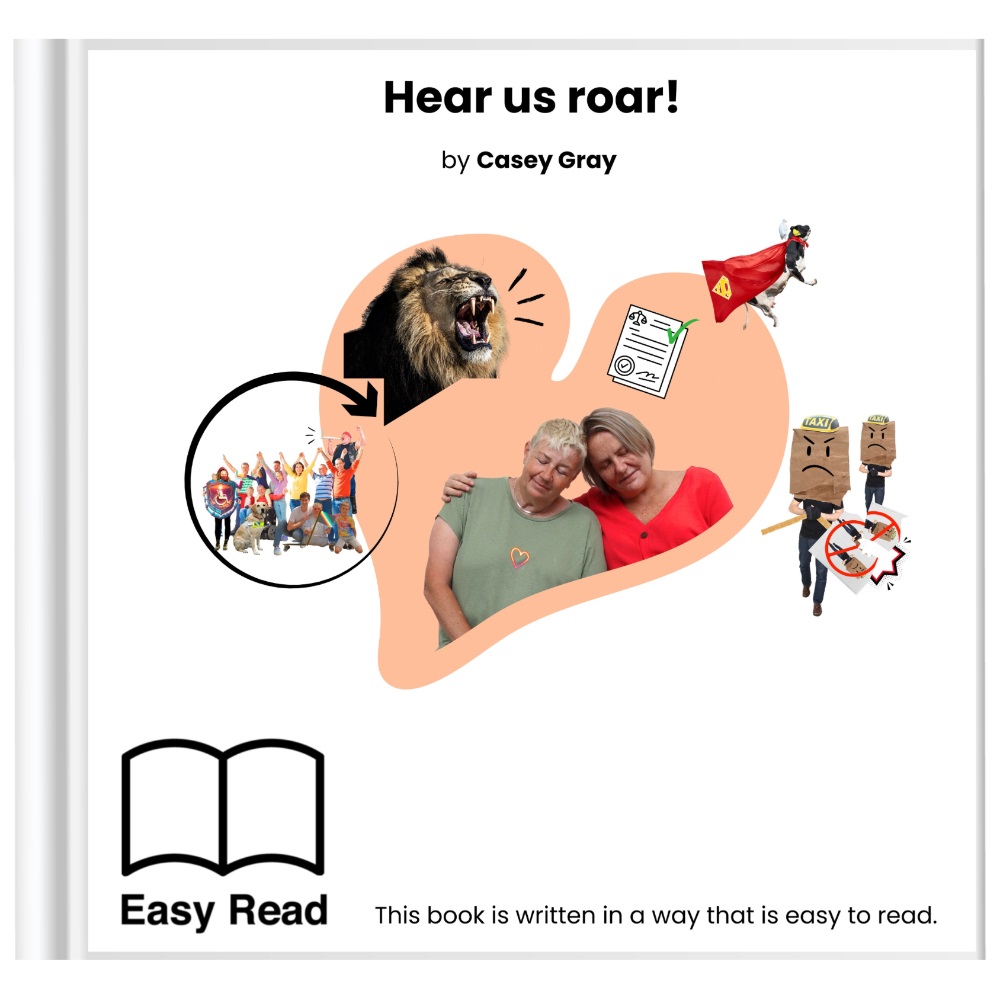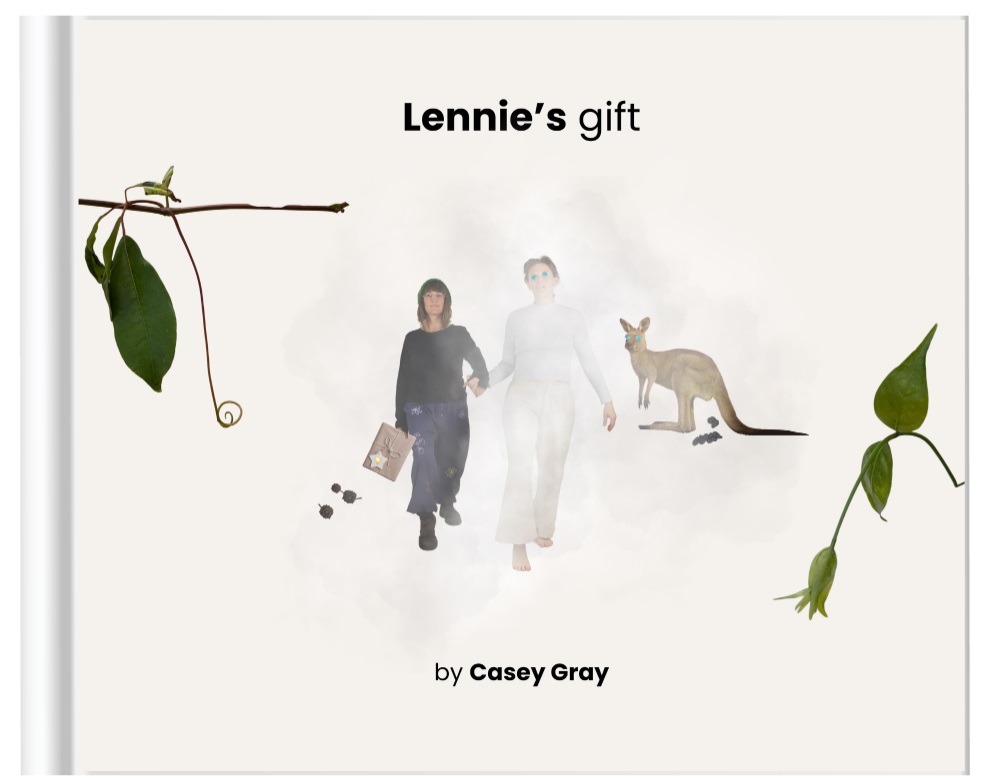BOOK REVIEW
Award winning Casey Gray is a Central Coast resident, disability advocate, artist and author of multiple books, with overwhelming support from the disability community.
She has worked in the industry for more than five years.
Her experience rooted in first-hand work, this local author can accurately pinpoint what tools, tips and reflective exercises will make her books a resource educators can return to repeatedly; they stand as both a practical guide and a moving testament to resilience.
Gray gives up her time at events to promote what are valuable and interactive book launches, where you can explore the power of storytelling and creative writing to help build stronger connections between adults with disability and their support workers.

With a passion to make her books holistic, she encourages others to write in this area for people who do not have the opportunities to write for themselves.
Sadly, the downside of their uniqueness is that publishers are not able to define these into commercial genres, categories or meta data for the book-buying public.
Challenges include marketing direct to adults with disabilities who do not use social media or modern means of communication and other avenues.
With gatekeepers making decisions for the people that matter, this type of book is usually kept for government publications.
With all her books focused on helping adults with developmental needs, Gray delivers a powerful and compassionate exploration of the challenges adults face in education, offering both insight and inspiration for learners, educators, and policymakers alike.
Bro and Sis Adventure is a memoir, an autobiography showing there can be a social life in disability and how to overcome things.
Hear Us Roar, set in Broken Hill, looks at the fight for human rights in a protest, with activities focused on what is valued and what is believed in.
Hug A Crab – if you have ever wanted to say what you really think then you need a bird like Fred.

Lennie’s Gift is a ghost story and there are writing activities designed to foster empathy through collaboration.
These books offer a clear-eyed look at the systemic and personal barriers that hinder adult learners, from undiagnosed learning difficulties and trauma to the shame that often shadows poor early educational experiences.
Gray doesn’t just name these issues – she humanises them and illustrates the courage and determination of adult students navigating complex lives.
The writing is accessible and engaging and what sets it apart is it is grounded in community.
It speaks directly to education gaps and initiatives, offering solutions tailored to those often overlooked in national education debates.
Gray’s work is more than books; it is a call to action.
She urges us to view education not as a linear journey, but as a lifelong right.
For anyone involved in adult education – learner, tutor or policy advocate – this is essential reading.
Readers who have used this program have had a significantly high rise in their skills and understanding so there is no better reason to keep the conversation going.
Julie Chessman



